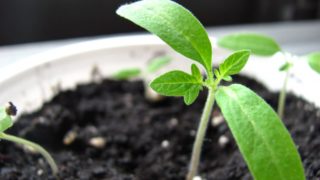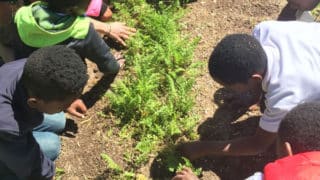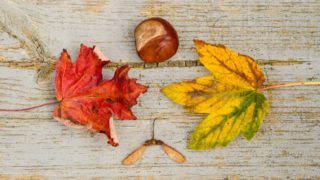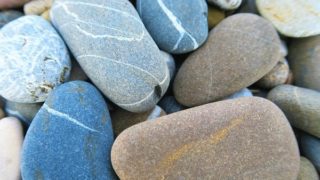Essential Questions
- How can we classify what we find in our schoolyard as living, once-living, or non-living?
Standards Addressed
GSES
- SKP1b. Use senses and science tools to classify common objects according to their physical attributes (color, size, shape, weight, and texture).
- SKL1b. Develop a model to represent how a set of living and non-living objects are sorted into groups based on their attributes.
- SKL2b. Construct an argument supported by evidence for how plants can be grouped according to their features.
Common Core ELA
- CCSS.ELA-LITERACY.L.K.1.E Students will use the most frequently occurring prepositions.
- ELAGSEKL1 Demonstrate a command of the conventions of standard English grammar and usage when writing or speaking.
- e. Use the most frequently occurring prepositions (e.g., to, from, in, out, on, off, for, of, by, with).




